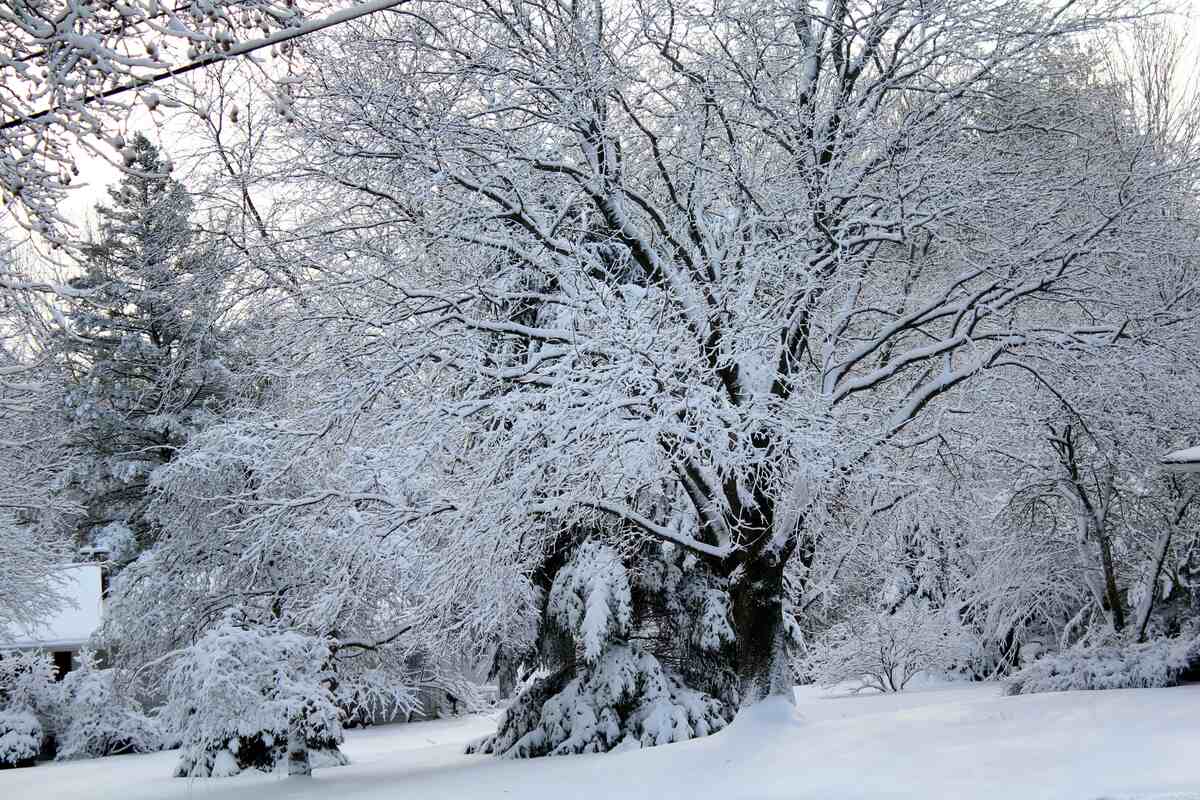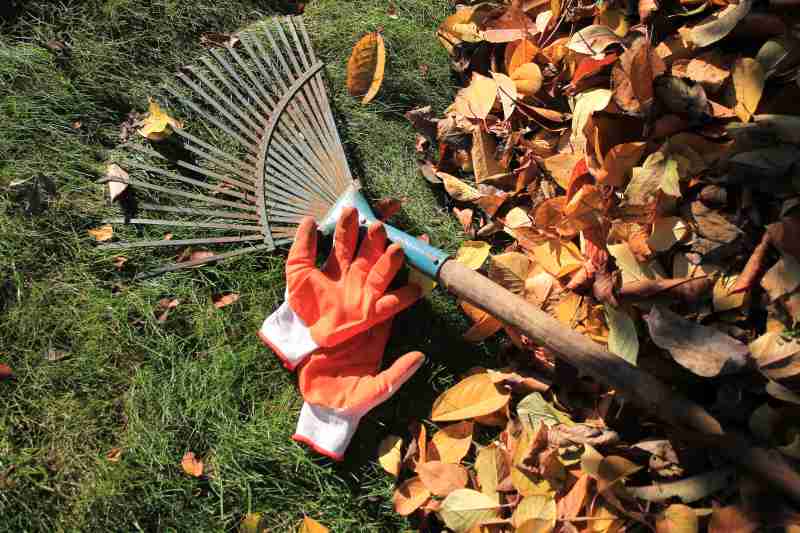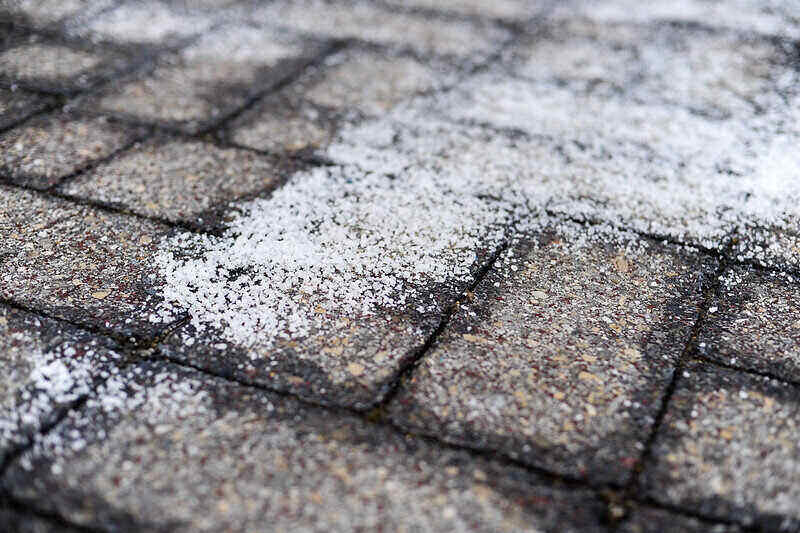
Here in Michigan, we experience some of the harshest winters in the country. With seasonably cold temperatures and heavy precipitation that starts before Thanksgiving and stretches well into the spring, it can be tough for us, and our lawns, to deal with the winter weather. But a little time spent in the fall preparing your yard for the winter will save you a lot of time this spring.
1. Clean Up in The Fall

Photo Credit: Syndy / Adobe Stock
Make sure you are regularly clearing leaves from your lawn and your gutters. Leaf buildup can cause water to enter your home and damage your roof. Leaves left on the lawn can have a suffocating effect, preventing your grass from gaining access to essential nutrients and adequate moisture. Leaves can also invite disease and mold, damaging your lawn as well as your health.
Now is also the time to trim trees, shrubs, and other plants. When you prune back dead or dying branches, it helps your plants heal in time to put on new springtime growth. Plus, low-lying branches can damage your home if they become iced over in the wintertime and happen to snap.
2. Act Now to Prevent Weeds
You can apply a pre-emergent herbicide in the fall to help prevent common Michigan weeds from emerging in the spring. If chemical methods of control aren’t your style, you can also pull them by hand. Doing so will help prevent weeds from robbing your lawn of vital nutrients during the cold winter months when your grass is lying dormant.
3. Avoid Foot and Vehicle Traffic Whenever Possible
As annoying as the traffic is to you on your busy morning commute, it is equally frustrating to your lawn as it struggles to remain healthy throughout the winter months. Avoid walking on your lawn after a frost, when the ground is more susceptible to compaction and grass damage. Keep all furniture and other lawn ornaments off the grass as well during the winter months, and avoid plowing snow on your lawn whenever possible.
4. Spread Salt Sparingly

Photo Credit: eddie welker / Flickr / CC BY 2.0
You can’t entirely forgo salting your driveway, as you need some to prevent dangerous slips and falls. However, salt can rob your soil of moisture, making it increasingly difficult for water to reach your grass’ roots. When spreading salt, do your best to keep it on the driveway or pathways, and not your lawn.
5. Fertilize in The Fall
Fall is an excellent time to fertilize cool-season grass when your lawn can absorb the nutrients that were lost over the summer. The fertilizer will remain in the soil throughout the winter and feed the grass over the next several months. Remember never to fertilize your lawn in the summer, as the hot temperatures can cause your grass’ new growth to become instantly damaged (see what you should be doing in our summer lawn care guide for Lansing).
6. Lower Your Mowing Height
Until the first frost, you should continue mowing your lawn to prevent it from becoming too long and suffocating new growth in the spring. Adapt by slowly cutting it slower as the temperatures cool. Doing so will help encourage fresh growth in the spring and prevent pests like mice from burrowing beneath your lawn during the winter months.
7. Aerate Your Lawn
Winter is the worst time for lawns regarding compaction, when the heavy snow, excess moisture, and foot traffic combine to press the soil down onto itself. Compacted soil can lead to problems with moisture and oxygen reaching your plants’ roots. To combat this, aerate your lawn in the fall by renting a mechanical aerator from your local garden supply store. This technique will help loosen the soil and allow vital nutrients, air, and water to reach your grass’ hungry roots.
Need additional help? Visit our Lansing lawn care page for more info!
Main Image Credit: LadyDragonflyCC – >;< / Flickr / CC BY 2.0